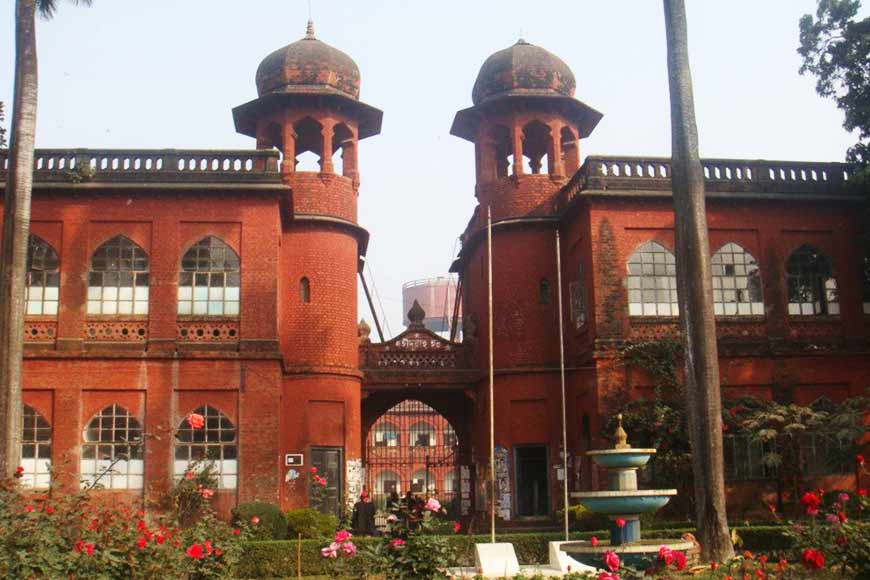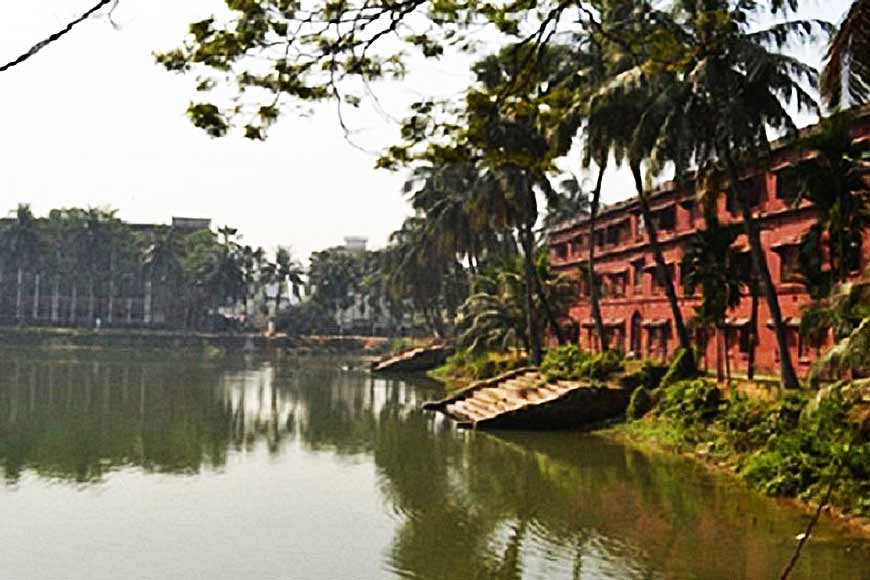Story of Dhaka University – Formed in aftermath of Bengal Partition of 1905

In this 3-episode series, GB delves into the past and present of Dhaka University, that has remained as an epitome of freedom and historical landmarks
JOn July 19, 1905, the then-Viceroy of India, Lord Curzon announced the British government’s decision to implement a territorial reorganization of the Bengal Presidency. The reorganization separated the largely Muslim eastern areas from the largely Hindu western areas. Though the official version forwarded by the government was that Bengal was too big a political unit and needed to be partitioned in order to be administered efficiently, the real reason behind the Partition was that the British government wanted to drive a wedge between the Hindus and Muslims in Bengal. The plan was implemented on 16 October 1905.
Hindus were outraged at what they saw as a divide and rule policy even though Curzon stressed it would produce administrative efficiency. The Partition animated the Muslims to form their own national organization along communal lines. The British under Lord Hardinge in 1911, in response to the Swadeshi Movement that rocked Bengal, the two parts had to be reunited.
The establishment of Dhaka University might be termed as having been a form of compensation for the annulment of the Partition of Bengal. The Partition had established Muslim majority East Bengal as a separate Province with Dhaka as its capital. The newly-formed All India Muslim League in Dhaka wholeheartedly supported the move. However, the Partition was annulled in 1911 due to severe opposition from the National Congress of India and the Bengali Hindus.
Deeply hurt by the decision of annulment of Bengal Partition, a Muslim delegation led by Nawab Salimullah Bahadur, the then-Nawab of Dhaka demanded that a university be set up in Dhaka. To appease the majority Muslim masses of East Bengal, Lord Curzon agreed and declared that a university as a centre of excellence would be established in Dhaka. Nawab Salimullah played a pioneering role in establishing the University in Dhaka and donated 600 acres of land from his estate for this purpose. After his death, his successor, Nawab Ali Chowdhury continued patronizing the cause and mortgaged a part of his zamindari estate for the University.

The University of Dhaka opened its doors on July 1, 1921, with Mr P. J. Hartog as its first Vice-Chancellor. Mr Hartog was the Academic Registrar of London University before being appointed as the Vice-Chancellor of the University of Dhaka. The university, with unitary teaching and residential character, started its journey with three Faculties: Arts, Science and Law and 12 departments. There were 877 students who enrolled in the first batch.
Initially the biggest challenge of Mr Hartog was getting qualified teaching staff. For the first appointments 10 Selection Committees were formed comprising of distinguished scholars from India and England. The recruitments were primarily made from different colleges of Bengal and few also came from the Calcutta University. While recruiting teaching staff no discrimination was made because of religious faith. Scholars like A N Waheed (Islamic Studies), Mahamahopadyaya Haraprasad Shastri, Radha Govinda Basak, Muhammad Shahidullah (Dr. Shahidullah), Nalini Kanta Bhattasali joined Department of Bangla and Sanskrit. Professor G H Langley, formerly of the Dhaka College, took the responsibility of building up the Philosophy Department. However, the richest department in terms of teaching staff perhaps was the department of History which could manage to recruit such scholars as Dr. Ramesh Chandra Majumder (later Vice-chancellor), Dr. Kalika Ranjan Kanungo and Professor Susobhan Chandra Sarkar . One of the most illustrious scholars to have joined the Department of Physics was Professor Satyendra Nath Bose (famed for Bose Einstein condensate theory) and Professor Quazi Motahar Hossain. The Department of Chemistry was headed by Dr. Jnan Chandra Ghosh who came from Calcutta University. Father of Noble Laureate Amartya Sen Mr Ashutosh Sen also taught chemistry.
(To be continued)










